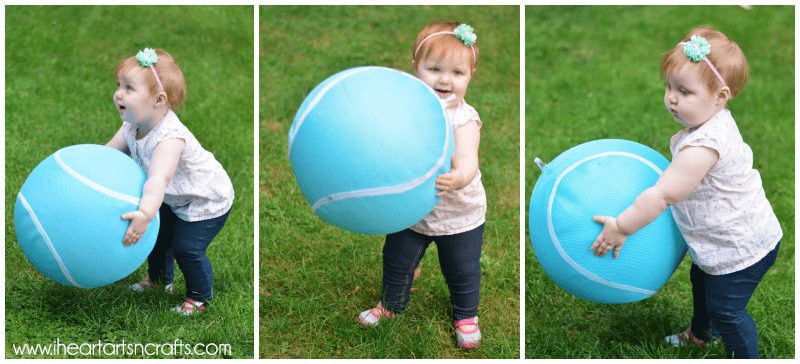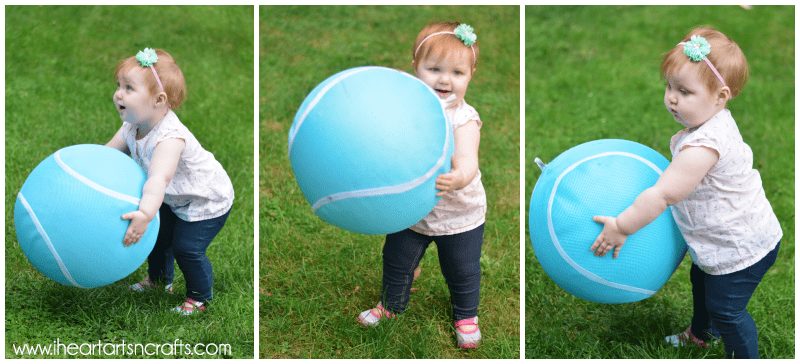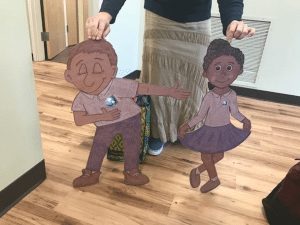How to Build Gross Motor Skills

Gross motor skills involve using the large muscles of the body to perform everyday activities such as walking, running, and jumping. They also contribute to sporting and playground skills such as climbing, catching and throwing a ball.
Why is it important to monitor your children’s gross motor milestones? Children who have problems or delays in the development of gross motor skills are likely to:
- achieve sitting, crawling, and walking much later than average
- move stiffly
- avoid physical activities and exercise
- tire more quickly and frequently
- have trouble maintaining an upright position when sitting on a tabletop or mat
- at an older age, have problems following instructions during physical tasks (e.g. stepping forward before throwing, maneuvering through obstacle courses)
- and, weak gross motor skills can get in the way of having fun!
Plus, a lack of gross motor skills can have a domino effect, inhibiting fine motor skills necessary for formal school work and day-to-day tasks. So ignoring this problem can lead to a host of other problems that affect every area of your children’s lives.
Rest assured that you can help children build strong gross motor skills by practicing these fun activities at home:
Hopscotch
A game of hopscotch helps strengthen muscles along with balance and coordination. The one and two-boxed pattern will allow children to gain a sense of balance as they hop on two legs then one and vice versa. The game can also be played indoors by using colored tape.
You’re It
The traditional game of tag requires a lot of running and dodging. It can be played indoors as well as outdoors and accommodates any number of players. You can vary the game rules and have kids run in pairs or have them hold hands. This game provides socialization and teaches kids to take turns, as well!
Indoor obstacle course:
An obstacle course is a fun way to give children physical exercise while also giving them challenges to overcome. Use furniture, pillows, blankets, and even cardboard boxes to create areas for children to crawl and wind their way through. This is also a good opportunity to teach children new vocabulary such as through, under, inside, and over.
Ball play
Whether it is throwing a ball, catching, kicking, or hitting with a bat, playing with balls is a traditionally fun way to improve concentration, aim, and coordination. Use a variety of shapes, sizes and textures from plastic to basketballs and even footballs to keep the games interesting.
Water play
Most children love to kick, splash, and run around in water. While water play is entertaining, it is also beneficial for developing gross motor skills. And this is not limited to swimming alone. Just running around the garden dodging sprinklers or pouring water from one bucket to another can develop balance, muscular and core strength.
Encourage children to take part in the above activities and with time and a little effort, you will be amazed at how quickly their initial clumsiness turns into coordination.


